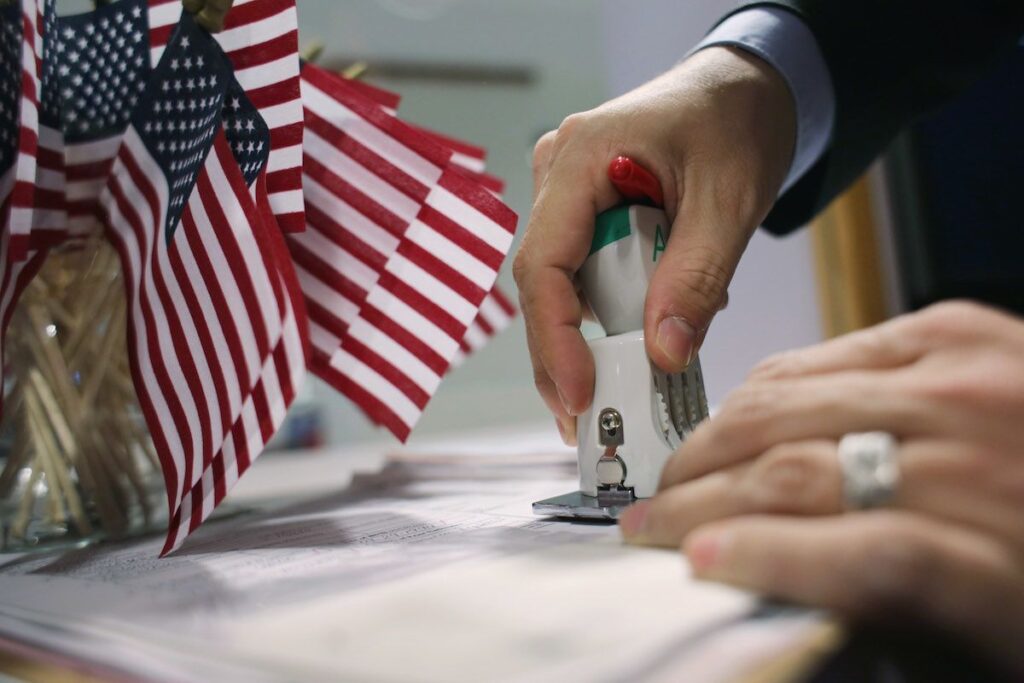
Navigating the Maze of Intellectual Property: Trademarks, Patents, and Copyrights Explained
In the vibrant landscape of innovation and creativity, protecting your intellectual work is more critical than ever. The realms of trademarks, patents, and copyrights form a protective trifecta under the umbrella of intellectual property law, ensuring that your ingenious inventions, distinctive brands, and original creative works remain exclusively yours. Let’s embark on a journey to demystify these key forms of intellectual property.
Trademarks: Your Brand’s Signature
Imagine you’re walking through a bustling market; what catches your eye first? It’s likely the familiar logos and brand names that promise a certain quality and experience. Trademarks are precisely that – symbols, names, or phrases that identify and differentiate your products or services from others. Think of Coca-Cola®: merely mentioning the name evokes thoughts of a specific soft drink.
A trademark doesn’t just protect the name or logo; it shields the reputation and goodwill of a brand, preventing others from riding on your coattails by using a confusingly similar mark. Federal trademark registration grants you nationwide protection, ensuring your brand remains uniquely yours across the entire country.
Patents: Guarding Your Innovations
Now, picture a brilliant inventor unveiling a groundbreaking hybrid engine. This invention is a result of relentless experimentation, research, and investment. A patent comes into play here, offering exclusive rights to prevent others from making, using, or selling the invention without permission. Patents cover a wide array of inventions, including new processes, machine designs, or chemical compositions, and offer protection for up to 20 years. This exclusivity is crucial for recouping development costs and fueling further innovation.
Copyrights: The Canvas of Creativity
Transition from the lab to the artist’s studio, where creativity knows no bounds. Copyrights protect original works of authorship, ranging from novels and paintings to software code and movies. These rights are automatically secured upon the creation of the work and exist in a tangible medium. Copyright law empowers creators with the exclusive right to reproduce, distribute, and display their works, safeguarding their creations from unauthorized use. With a lifespan extending to the author’s life plus 70 years, copyrights offer a long-term shield for creative expressions.
Branding vs. Legal Protection
Distinguishing between a brand and its legal protections is vital. A brand encapsulates the emotional and psychological relationship between a product and its consumers. It’s about the feelings, images, and reputation associated with your product or service. On the other hand, a federal trademark registration provides legal backing to protect these associations and prevent market confusion.
Choosing to secure a trademark for your brand is akin to putting a lock on your valuable assets. While having a strong brand is beneficial, registering it as a trademark fortifies your legal standing, preventing others from diluting your brand’s value or misleading your loyal customers.
Final Thoughts
In the intricate dance of business and creativity, understanding and utilizing the protections offered by trademarks, patents, and copyrights is crucial. Whether you’re an inventor, entrepreneur, or artist, navigating the intellectual property landscape with knowledge and foresight can empower you to secure the fruits of your labor, foster innovation, and ensure that your unique contributions to the world remain unequivocally yours.
If you need help with your Intellectual Property needs, contact us directly to see how to best protect your rights and the things you create, sell, and use.




